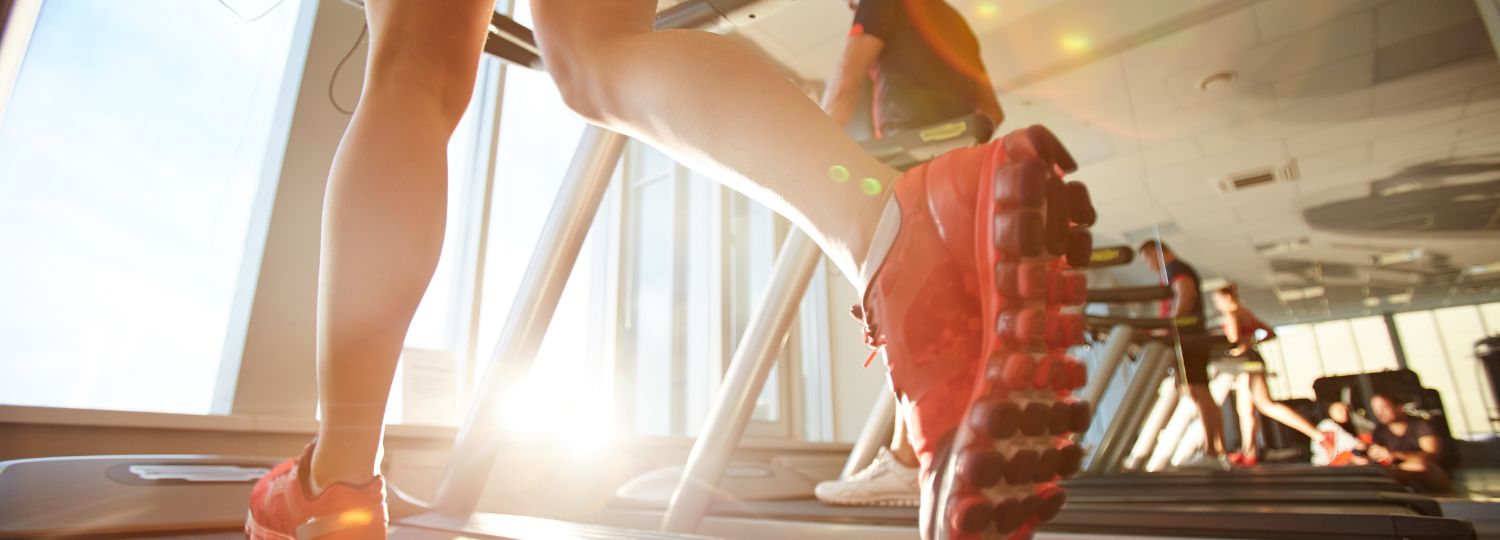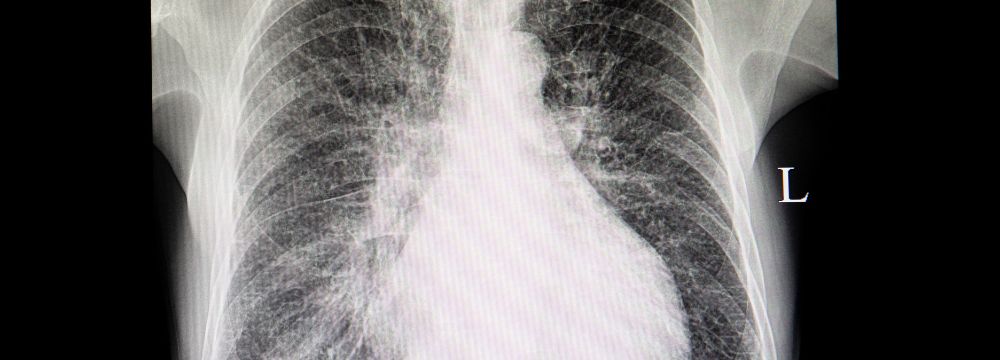
You may have heard the term biohacking – A seemingly gimmicky phrase. Yet, it has motivated some here in the United States and elsewhere who are genuinely interested in how our actions and what we eat make a difference in our health. Of course, while the long-term goal is to live longer, we must live a healthy life, too. Biohacking aims to crack our biological code and use science for longevity and continued health.
The Sauna Craze
As Biohackers have investigated various forms of exercise and supplementation, one ancient activity that’s been around for over 2000 years seems to have passed the test – sauna. Using a sauna is somewhat like baking at a low temperature. A sauna, unlike a steam room, is relatively dry. Heated by several options, traditional saunas can reach temperatures of 175° while infrared saunas are a bit “cooler,” relatively speaking. As an example of their widespread use, saunas have been used in Scandinavian countries seemingly forever. They remain a staple of life there, with many people even having a sauna in their house. In the United States, saunas are not as ubiquitous at home but can be found in many gyms and wellness centers.
Research has shown that saunas may have cardioprotective benefits1,2 as the blood vessels in the body dilate with the heat, allowing improved blood flow and more oxygenation around the body. There is evidence that while blood pressure may go up because of the stress of the heat (much like it does during exercise)3, blood pressure tends to drop and stay relatively lower from baseline after the patient removes themselves from the heat.
Are There Any Safety Concerns?
As with anything that stresses the body, some considerations must be understood and followed. First and foremost, patients with existing cardiovascular risks or issues should speak to their cardiologist before using the sauna. The heat from the sauna may cause stress on the heart, which can negatively affect some patients. Even patients cleared to use the sauna should start slowly and note how they feel. Starting slowly means beginning at a relatively lower heat for a shorter period. It may be tempting to sweat it out with extreme heat and more extended periods, but this is not advisable. Over time and as tolerated, you may be able to turn up the heat and stay in for longer, always with doctors’ advice.
Subsequent Cold Baths
Some online “influencers” have advocated for a subsequent cold bath after a stint in the sauna. They may even suggest bouncing back and forth between heat and cold. While we do not have concrete data to share, it is unlikely to provide a significant benefit and may even be dangerous. It’s important to remember that you may have atherosclerosis – prevalent in patients with cardiovascular concerns. This is more likely if you have high cholesterol and high blood pressure. Transitioning from a vasodilative sauna to a vasoconstrictive or artery-closing environment, like a cold bath, can constrict your blood vessels to the degree that you may experience significant symptoms like altered mental perception or angina. In extreme cases, you could induce a cardiovascular event up to and including a heart attack. We do not have enough data to know, so err on the side of caution.
So What’s the Answer?
As with most non-medical therapies, there may be benefits to a doctor-supervised sauna regimen. We know that healthy individuals can derive appreciable physical and mental benefits from using the sauna regularly. However, you need to be aware of the effects of heat on the heart, especially when it involves existing heart disease. As such, please speak to your cardiologist before enjoying a sauna or any other temperature-extreme activity. Further, be sure to start slow and monitor how you feel. To be extra safe, we suggest you do not use a sauna or any other extreme temperature modality like a steam room or even a hot tub without somebody nearby who can help in case of need.
For this and any other questions about your heart health, we encourage you to contact our office and schedule a consultation with one of our cardiologists. We look forward to helping you develop a challenging, healthy exercise and lifestyle program that is enjoyable and beneficial.
References:
- Kunutsor SK, Häkkinen A, Zaccardi F, Laukkanen T, Lee E, Willeit P, Khan H, Laukkanen JA. Short-term effects of Finnish sauna bathing on blood-based markers of cardiovascular function in non-naive sauna users. Heart Vessels. 2018 Dec;33(12):1515-1524. doi: 10.1007/s00380-018-1202-9. Epub 2018 Jul 3. PMID: 29971466; PMCID: PMC6267405.
- Henderson KN, Killen LG, O’Neal EK, Waldman HS. The Cardiometabolic Health Benefits of Sauna Exposure in Individuals with High-Stress Occupations. A Mechanistic Review. Int J Environ Res Public Health. 2021 Jan 27;18(3):1105. doi: 10.3390/ijerph18031105. PMID: 33513711; PMCID: PMC7908414.
- Ketelhut S, Ketelhut RG. The blood pressure and heart rate during sauna bath correspond to cardiac responses during submaximal dynamic exercise. Complement Ther Med. 2019 Jun;44:218-222. doi: 10.1016/j.ctim.2019.05.002. Epub 2019 May 2. PMID: 31126559.








